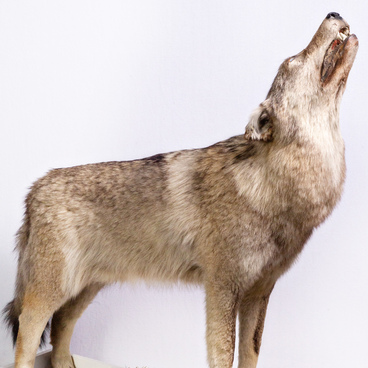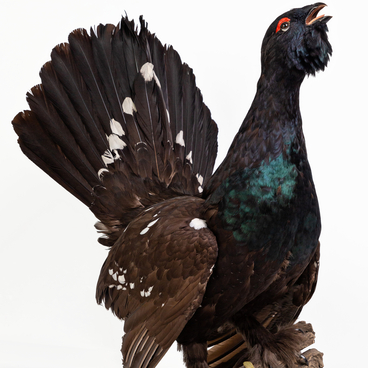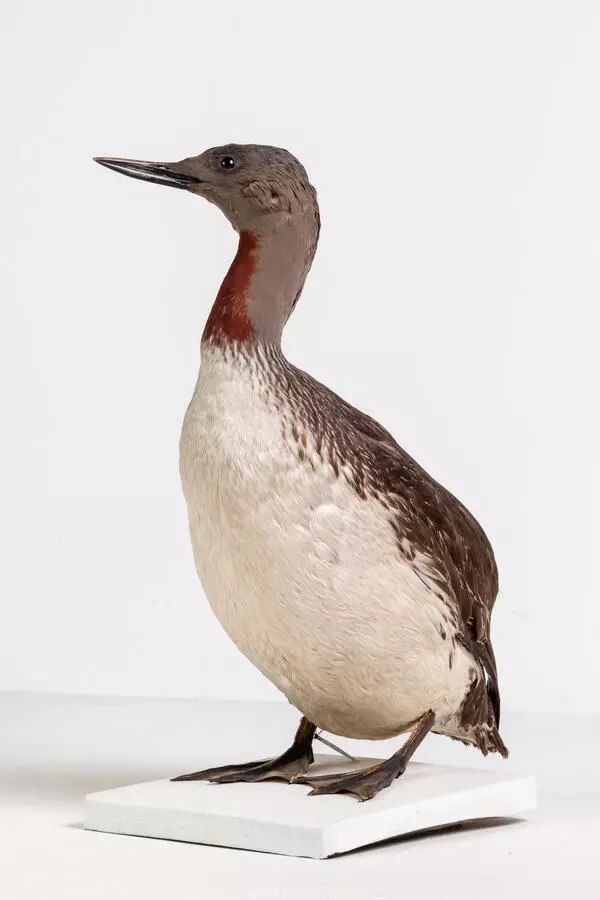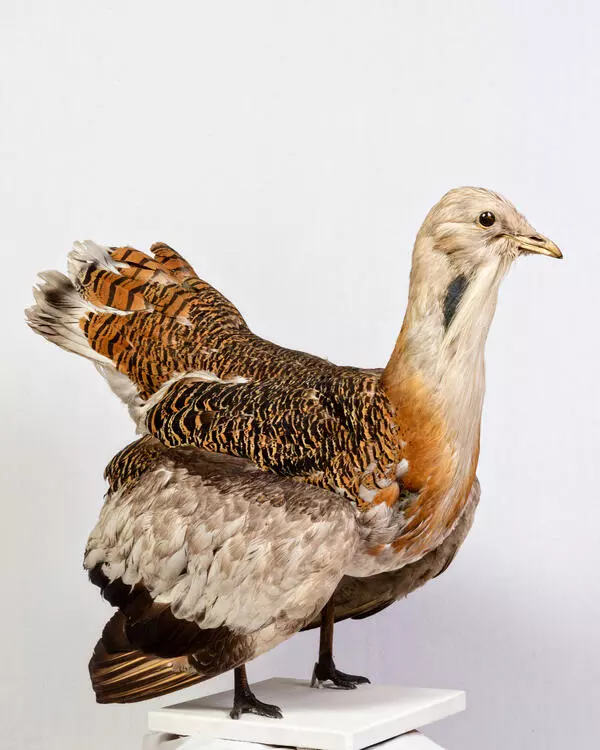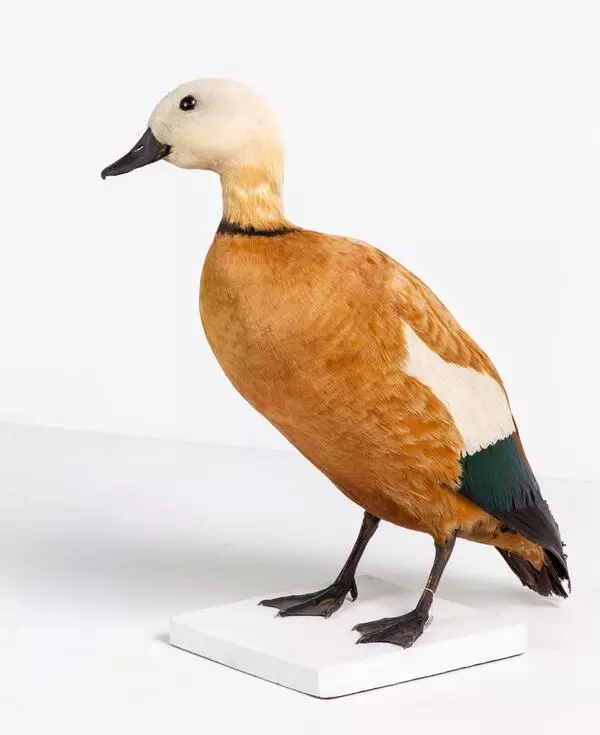The eagle owl is distinguished from other owls by its large size, mottled color with ochre and red spots, and black feathered ‘ears’ directed to the sides. The body of a feathered predator reaches a length of 70 centimeters with a weight of up to 3 kilograms and a wingspan of more than 1.5 meters. Like most birds of prey, the female eagle owls look larger.
The bird adapts well to various climatic conditions and is found in various landscapes ranging from steppes to taiga forests. It only avoids populated areas. The eagle owl is sedentary and during its entire life does not leave the habitat area, which ranges from 15 to 80 square kilometers.
The eagle owl makes its nests in large tree holes, ruins, abandoned buildings, on the ground, rocks, cliffs, and mountain slopes.
Pairs are formed for life, and the chicks are fed by both parents. Only during hatching and the first time after hatching, the female does not leave the nest, and the male at this time brings food to the family.
The eagle owl’s voice is low and memorable. A characteristic hoot can be heard at a distance of up to 4 km. At mating time, the eagle owl’s repertoire expands. In the pre-dawn hours, one can hear sounds that resemble whining moans, hums, screams, and coughs. With an energetic ‘laugh’, the eagle owl usually expresses its concern.
The bird sees well at dusk and is active mainly in the dark. During the day, it flies out to hunt only in winter or in bad weather. In complete darkness, it is guided by sharp hearing. During hunting, the bird flies absolutely noiselessly due to the special plumage and wing design. In addition, the eagle owl is able to easily turn its neck 180 degrees, which allows it to continuously monitor the prey.
The bird has well-developed, strong legs with sharp and curved claws, which it digs deep into the prey. The eagle owl feeds on small rodents, birds that it attacks in the air, and can dive for fish. Sometimes it hunts even near populated areas.
Owls are long-lived birds. Life expectancy is 15-25 years, and in captivity it can live up to 60 years.
The bird adapts well to various climatic conditions and is found in various landscapes ranging from steppes to taiga forests. It only avoids populated areas. The eagle owl is sedentary and during its entire life does not leave the habitat area, which ranges from 15 to 80 square kilometers.
The eagle owl makes its nests in large tree holes, ruins, abandoned buildings, on the ground, rocks, cliffs, and mountain slopes.
Pairs are formed for life, and the chicks are fed by both parents. Only during hatching and the first time after hatching, the female does not leave the nest, and the male at this time brings food to the family.
The eagle owl’s voice is low and memorable. A characteristic hoot can be heard at a distance of up to 4 km. At mating time, the eagle owl’s repertoire expands. In the pre-dawn hours, one can hear sounds that resemble whining moans, hums, screams, and coughs. With an energetic ‘laugh’, the eagle owl usually expresses its concern.
The bird sees well at dusk and is active mainly in the dark. During the day, it flies out to hunt only in winter or in bad weather. In complete darkness, it is guided by sharp hearing. During hunting, the bird flies absolutely noiselessly due to the special plumage and wing design. In addition, the eagle owl is able to easily turn its neck 180 degrees, which allows it to continuously monitor the prey.
The bird has well-developed, strong legs with sharp and curved claws, which it digs deep into the prey. The eagle owl feeds on small rodents, birds that it attacks in the air, and can dive for fish. Sometimes it hunts even near populated areas.
Owls are long-lived birds. Life expectancy is 15-25 years, and in captivity it can live up to 60 years.


